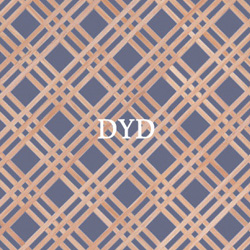|
|

3줄모양
|
|
 |
gSEKWHgfXsGTZQ |
 |
408 |
|
 |
| Insufficient funds http://xnxx.in.net/xxxcggg1/ "+'""option com attachments task""'" Throughout the modern era, politicians in New York City (and many other places) have seen elections as a competition among voting blocs determined by ethnic and racial identities: African-American, Latino (which until the 1990s in New York City was primarily Puerto Rican), Jewish, white (which can be further broken down into the larger nationalities represented in New York, such as Italian, Irish, etc). Strategic alliances, endorsements, and policy choices could be used to deliver, somewhat reliably, these groups of voters to chosen candidates. As nonwhites became a majority some time in the mid-1980s, and the pool of viable candidates more diverse, most nonwhite voters saw a path of empowerment through supporting one of their own: that is, given a choice, African-American voters would usually vote disproportionately for the African-American candidate, Latino voters for the Latino candidate, and so on. In recent decades, women and LGBT-identified voters also became important self-aware constituencies, although the LGBT vote is difficult to measure and its effects have been seen more on neighborhood races than citywide ones. |
 |
 |
Miguel |
 |
2020-03-06 20:05:39 |
|
|
|
|
|
|
|
|
|